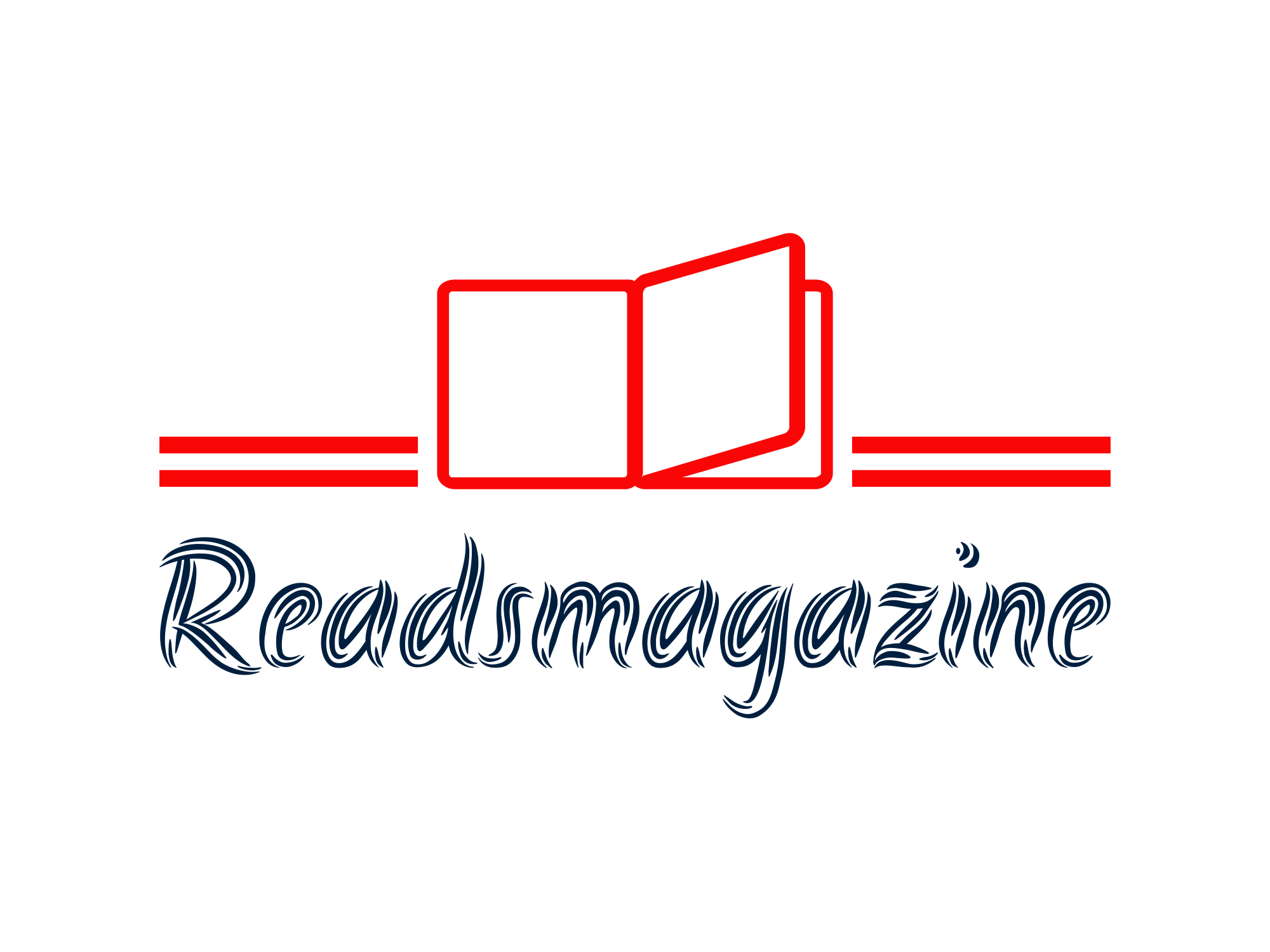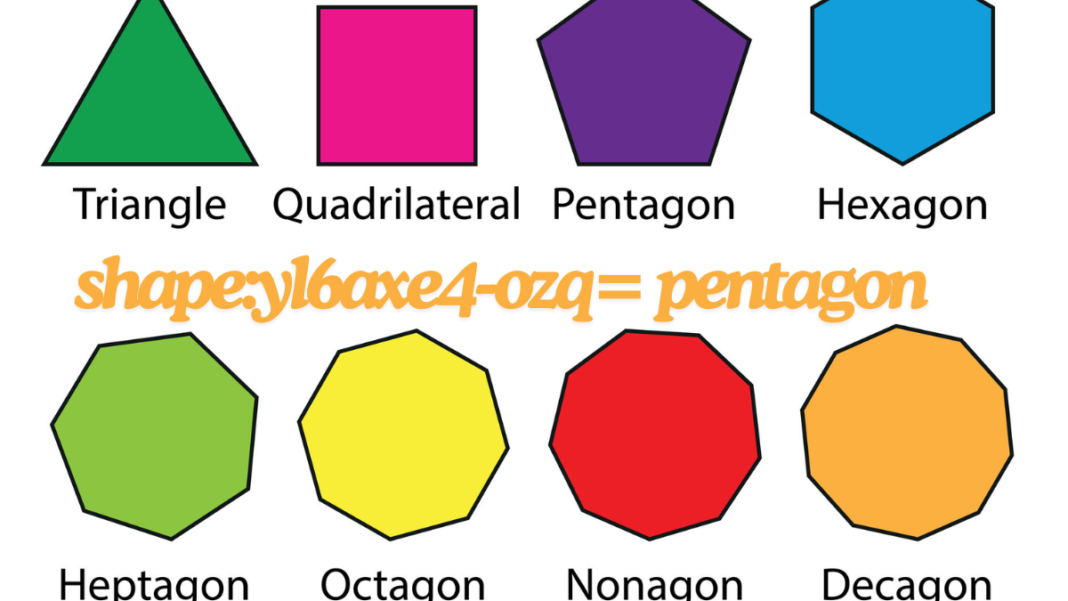In the ever-evolving landscape of business, innovation is key to standing out in competitive markets. However, innovation alone is not enough to guarantee success. Financial performance plays a crucial role in shaping the trajectory of a brand, determining its ability to grow, scale, and sustain long-term operations. One brand that exemplifies the impact of financial performance on innovation is The Mission Belt, a company that redefined the traditional belt industry by offering a sleek, no-holes design with a mission-driven purpose. In this article, we explore how financial performance has shaped the success of innovative brands, with key insights from The Mission Belt.
1. Innovation Meets Financial Discipline
While innovation is essential to attract attention and differentiate a brand, it is financial discipline that ultimately sustains growth. Financial performance indicators such as revenue growth, profitability, and cash flow management enable companies to scale their innovations. Brands that fail to balance innovation with financial discipline often struggle to turn creative ideas into long-term success stories.
The Mission Belt is a prime example of a company that has successfully paired innovation with financial discipline. By creating a high-quality, notch-free belt, the company brought a fresh perspective to a product that had remained largely unchanged for decades. But it wasn’t just the innovative design that propelled Mission Belt forward; strong financial management allowed the company to grow steadily. According to geeksaroundglobe, Mission Belt’s net worth is now valued at $7 million, reflecting its ability to pair innovation with effective financial strategies.
2. Revenue Growth as a Measure of Success
For any innovative brand, the ability to generate consistent revenue is a key indicator of success. Revenue growth demonstrates that a brand’s products or services are resonating with the market, driving consumer interest, and translating into sales. Additionally, strong revenue streams provide the capital needed for future innovation, marketing efforts, and product development.
The success of Mission Belt can be attributed, in part, to its impressive revenue growth over the years. With a simple yet impactful product, the brand was able to tap into a niche market of consumers who valued both functionality and style. By reinvesting its revenue into marketing campaigns and expanding its product lines, Mission Belt ensured sustained growth, positioning itself as a leader in the accessory space.
3. Profitability and Longevity
While revenue growth is essential, profitability is the ultimate measure of a brand’s financial health. Innovative companies that fail to achieve profitability risk running out of cash before their ideas can fully take hold in the market. Profitability allows companies to reinvest in their business, fueling future innovation and ensuring the brand’s long-term survival.
Mission Belt’s profitability has been a driving force behind its continued success. The company’s ability to maintain profit margins while delivering a high-quality product has allowed it to weather market fluctuations and remain competitive. By focusing on lean operations and cost-effective production processes, Mission Belt has not only achieved profitability but also ensured that it can continue to innovate and expand in the future.
4. Scaling Innovation Through Strategic Investments
Innovative brands often require substantial investments to scale their operations. Financial performance directly impacts a company’s ability to secure funding, whether through internal profits or external investments. A brand with solid financial performance is more likely to attract investors who are confident in the company’s ability to generate returns on their investment.
Mission Belt scaled its business through strategic investments in marketing, product development, and partnerships. The brand’s appearance on the TV show Shark Tank led to a high-profile investment from billionaire Mark Cuban, which further boosted its credibility and financial backing. This infusion of capital enabled Mission Belt to expand its operations, increase production, and reach a broader audience.
5. Managing Costs Without Sacrificing Quality
In order to maintain a strong financial position, innovative brands must manage their costs carefully. Overspending on research and development, marketing, or production can lead to financial instability. On the other hand, cutting corners in an attempt to save costs can compromise the quality of the product and damage the brand’s reputation.
Mission Belt’s success is largely due to its careful cost management. The company has maintained a balance between investing in high-quality materials for its belts and ensuring that production costs remain sustainable. By doing so, Mission Belt has been able to offer a premium product at a competitive price point, allowing it to attract cost-conscious consumers without sacrificing quality.
6. Financial Flexibility to Adapt to Market Changes
The business landscape is constantly evolving, and brands must be financially flexible in order to adapt to changing market conditions. Whether responding to shifts in consumer preferences, economic downturns, or supply chain disruptions, financial flexibility enables companies to pivot when necessary and continue operating smoothly.
Mission Belt has demonstrated financial flexibility throughout its journey. When faced with challenges such as fluctuations in demand or shifts in consumer behavior, the company has been able to adjust its marketing strategies and product offerings to meet these changes. This adaptability has helped Mission Belt remain resilient and continue growing, even in uncertain economic times.
7. Building Brand Equity for Long-Term Success
Ultimately, the financial performance of a brand is tied to its ability to build and sustain brand equity. Brand equity refers to the value that a brand holds in the minds of consumers, which can be influenced by factors such as product quality, customer loyalty, and brand reputation. Brands that successfully build equity can command higher prices, attract loyal customers, and withstand competition.
Mission Belt has built strong brand equity through its mission-driven approach, which resonates with consumers who care about social impact. A portion of every belt sold goes toward fighting global hunger, adding an emotional connection to the brand. This connection, combined with the company’s strong financial performance, has allowed Mission Belt to build a loyal customer base and maintain a competitive edge.
Conclusion
The success of innovative brands is intricately linked to their financial performance. As seen with The Mission Belt, a combination of innovation, revenue growth, profitability, and financial discipline has been key to driving the company’s success. By managing costs, adapting to market changes, and building brand equity, Mission Belt has created a sustainable business model that continues to thrive.






